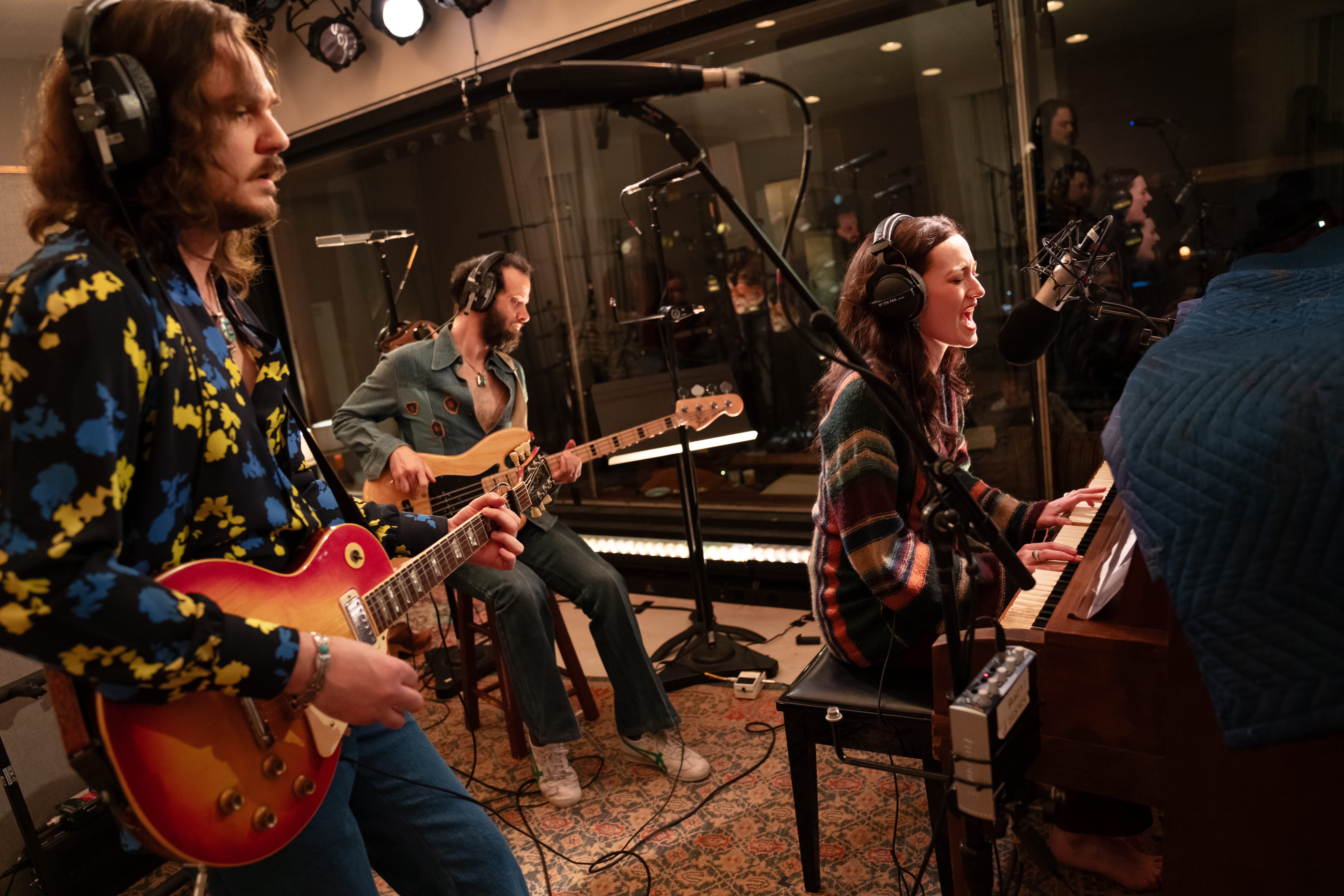Alfred the Great

The original cast LP of Kean (1961) was, as befits its colorful subject, one of the most extravagant ever created. It was a gatefold album with an extra page, generous with Curtis Brown’s liner notes and Friedman-Abeles’ photos of the show’s legendary star, Alfred Drake. There he is on the cover, dark eyes glowering charismatically at an unseen object. (“He looks at everything that way” was Walter Kerr’s explanation.) The jacket promises “a rich and lavish musical about life and love in London a century ago,” and that yammering
subtitle cues the first misgivings; what, “a new musical” wouldn’t be enticement enough?
Still, the credentials are sterling: A libretto by Peter Stone (his first) from a play by Jean-Paul Sartre from another by Alexandre Dumas about Edmund Kean, the great 19th-century actor. A score by pastiche masters Robert
Wright and George Forrest; an original this time, not cobbled from Borodin like their Kismet or Grieg like Song of Norway. Reliable Broadway pros in the supporting cast, such as Roderick Cook, Christopher Hewett, and Arthur Rubin. Orchestrations by that solid craftsman Philip J. Lang. To direct and choreograph, the always-interesting Jack Cole. Sounds worthwhile, don’t you think?
Out-of-town preview audiences thought so and, along with encouraging early reviews, they helped Kean build a healthy box-office advance in New York. This, however, was a show that seems to have grown steadily worse the more its production team tried to improve it. And to give it the
real kiss of death, Kean was pure operetta, a genre generally dismissed by the 1940s and despised by the early ’60s. (The anti-operetta hysteria helped
kill other worthy efforts of the time, like The Girl Who Came to Supper and Ben Franklin in Paris.) New York critics loved Drake but little else about
Kean, and it slunk away after 92 performances. Still, a contract-bound Columbia Records went ahead with the cast album, which has just been issued on CD for the first time by DRG with most of that luscious cover art intact.
What a pleasure it would be to report that the critics had it all wrong and that Kean is an overlooked gem. But, as its title character might say, alas. Actually, he’d say “alas, alack, wouldst that ’twere to be but ’tis not so. O unkind fate, why dost thou torment me?” From
harpsichord-heavy opening to florid finale, Kean is overeager to impress and overstuffed with two-dollar words. But it does have one glorious asset, and the critics had that right, too: its star. (More on him later.)
The opening number is titled “Penny Plain, Tuppence Colored.” It’s one of those street-cry conceits beloved of romantic musicals, with a high-tenor vendor (Alfred De Sio) hawking “beauteous pictures of Edmund Kean” in “rose-petal
pink and sea-bottom blues.” A troubling word, that “beauteous”; why not just “beautiful?” Because this is Regency London, dammit, and the authors want to knock us on our noggins with their thesaurus.

Wright and Forrest were literate and clever wordsmiths, and it’s commendable to attempt intelligent lyrics in operettas, which often lack them. (I treasure a Chocolate Soldier recording in which the translation at one point goes, “This does me much upset.”) But there’s a difference between thoughtful diction and unchecked verbosity, and here the celebrated pair labors to be…beauteous. Soon enough, our rascally hero is wooing the Countess Elena de Koeberg (Joan Weldon) with “Sweet Danger.” He implores her, “Come, open with your kiss / Our door to secret bliss,” since “There’s danger to defying fate / With a foolhardy heart!” Well, la-di-da! That would have seemed pretty musty in 1919, never mind 1961.
And the music? True, Wright and Forrest aren’t adapting anybody this time out–but they seem to be adapting everybody. “Sweet Danger” is hand-me-down Tchaikovsky. “Let’s Improvise” smothers a potent dramatic premise (Kean auditioning an impressionable young actress) in melodramatic Wagnerian chords. And “Chime In!” is one of those determinedly jolly, irrelevant chorales that fairly screams “second act trouble.” It sounds like something the
Sherman Brothers cut from Mary Poppins.
The score does have its moments, and the singing is uniformly excellent. “To Look Upon My Love” is a lilting, unpretentious showcase for Drake’s terrific baritone. “Swept Away,” a listless Straussian waltz, at
least lets Weldon discharge some first-class trills. The equally plummy-voiced Lee Venora impresses in “Willow, Willow, Willow,” Desdemona’s Othello speech set to an intrguing melody that, for once, sounds like no one
else’s. The two ladies share a lively, bitchy jealousy duet that becomes a trio when Kean tries to break it up. And Drake sings “Elena” with conviction, even if the lyrics run to “you held my hopeful heart on high in your
exquisite hand.” (The choristers have a sage response to this: “Ding, ding-a-ling / Bella, bella, bella.”)
Drake’s towering talent largely triumphs over the score’s mustiness and makes the CD worth a listen. The liner notes inform us that the real Edmund Kean was, in fact, one of the less declamatory and more natural actors of
his day. But that wouldn’t be much fun, would it? So Kean turns Kean into a vibrant, swashbuckling ham–just the dish for its seldom-subtle star. Drake
has more than sufficient bravura, giving purpose to the endless lyrics and textual pretensions.
As Sartre had done before them, the authors of the musical utilized Kean to wallow in ruminations on reality vs. perception and the existential crisis of the actor–i.e., does the performer exist without the audience? “You create me,” Kean ultimately whispers to the audience, Norma Desmond-like, accepting his actor’s fate and adding melodically, “Now is an ending to confusion.” (More tortured syntax from Wright and Forrest!) The finale is called “Apology.” Thank God for Drake’s superb resources as an actor and singer; without them, Kean would need a large apology, indeed.










